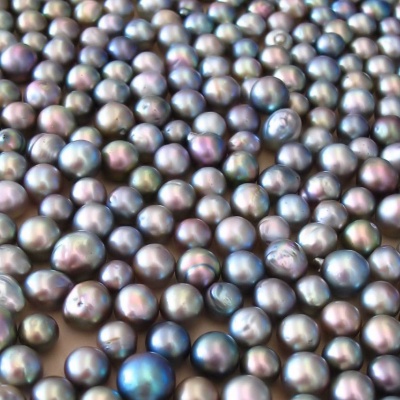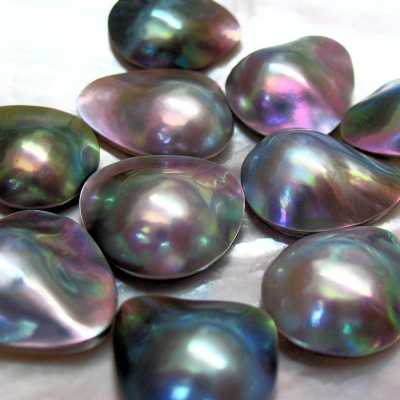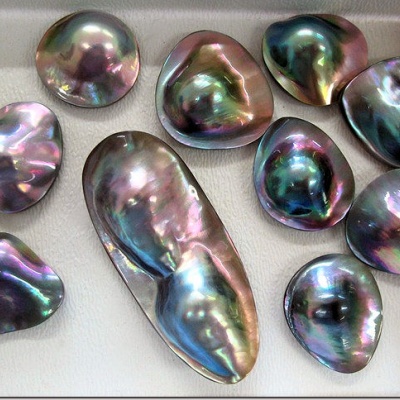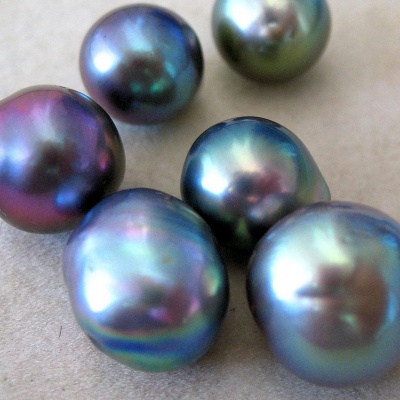Rainbow Lipped Pearls
Rainbow Lipped Pearls
Introducing Princess Tia - Rainbow Lipped Pearls back from the brink of extinction.
Rainbow lipped Black Pearls come from the Gulf of California in Mexico. These rare pearls have a striking iridescent nacre. In 2011 only 1,783 pearls were harvested with only enough round or near round pearls to make up one strand.

Raw Pearls of Adelaide are currently showcasing a range of round rainbow lipped pearls.
The History and Economical Comeback of the Sea of Cortez Pearls
In 1533, the Spanish Conqueror Hernán Cortez sent the very first expeditions
into the area to find the mythical "Sea of Pearls". Spanish captain Fortun Jimenez admired the pearls he saw local people wearing when he visited what he called the "Sea of Pearls" in 1533. Natural pearls were harvested from these waters for the next 300 years, becoming an important export. It was not before too long that the area known as the "Vermillion Sea of Cortez" - officially known as the Gulf of California - produced some of the finest known pearls in the world: the Sea of Cortez Pearl. Emerging once more from the clear waters of the Gulf of California, after decades of protection, is Mexico's most emblematic gem: 'New World Black Pearls'.
These prized gems became New Spain's most important export product, with a price so high that their value was over double of that of all other combined exports to the Old Continent: gold, silver and spices. It was at this moment in time when Mexican black pearls came to be known as the "Queen of Gems and Gem of Queens", helping to adorn European nobility like never before.
The natural pearl beds were fished constantly for pearls and pearl-shell so in 1939 a permanent fishing ban was imposed by the government in order to save the few remaining pearl oyster populations, ending up a 400 year reign for the Gulf of California black pearl. Nonetheless, this period left a clear mark in the history, culture and traditions of north western Mexico: a living history of legends, stories of sadness and glory. Unfortunately, the construction of the Hoover Dam depleted nutrients in the Gulf of California also diminishing the natural pearl production in the area.
Cultured Production Brings the Comeback of the Sea of Cortez Pearls
The Monterrey Technical Institute
in Guaymas began studying pearl culturing in 1993 as a university research program, in the waters of Bacochibampo Bay in the Sea of Cortez in Mexico, near the city of Guaymas, They produced their first experimental pearls in 1996 with a cultured pearl production beginning in the year 2000. Up to 4,000 pearls are cultured in these waters each year, making them the rarest of cultured pearls in the world.
Until now, pearls experts thought that the winged Pteria variety of oyster could not produce round cultured pearls thereby making round or near round pearls a valuable commodity.
The Sea of Cortez Pearls are available in semi-round, round and drop shapes although predominantly baroque (asymmetrical), followed by semi-baroque pearls (symmetric) with a small minority (2%) of round and near-round shapes, making it a rare event to create a strand.




